Grey hydrogen is a widely used yet environmentally controversial commodity. Such grey hydrogen is produced through a process called steam methane reforming. In this method, natural gas, primarily composed of methane, reacts with high-temperature steam to produce hydrogen and carbon dioxide. While this process is cost-effective, it also results in significant carbon emissions. Alternative production methods exist already today.
Today’s standard method #
The production of hydrogen with steam reforming has become the standard method in industry. This is manly due to its relatively low cost and the abundance of natural gas. The process plays a crucial role in refining, chemical manufacturing, and as a feedstock in ammonia production for fertilizers. However, the environmental impact of grey hydrogen is important. Accordding to the IEA, each ton of H2 produced via this process releases 9 tons of CO2 with the best available technology. The chart below provides an overview of the emissions of different technologies:

Despite its drawbacks, grey hydrogen continues to dominate the hydrogen market, accounting for the majority of global hydrogen production. According to this paper, the share of hydrogen produced from natural gas in 2022 has been about 48%. This dominance is sticky partly due to the established infrastructure and the relatively low production costs compared to alternative methods.
Grey hydrogen to blue hydrogen #
The reliance on grey hydrogen highlights the broader challenge of transitioning to a more sustainable energy system. To mitigate the environmental impact, some initiatives are exploring carbon capture and storage technologies. By capturing and storing the CO2 emissions from grey hydrogen production, these technologies aim to reduce its carbon footprint. Lower-emission hydrogen produced with such a process is usually referred to as blue hydrogen.
However, the implementation of such technologies is more costly and complex than releasing the carbon dioxide into the atmosphere. Moreover, it does not completely eliminate emissions. Finally, it is important to state that such blue hydrogen would still be a non-renewable commodity.
Ways forward to sustainability #
As a result, there is a growing emphasis on developing and scaling up green hydrogen production. Green hydrogen, though still more expensive, offers a truly sustainable alternative. Green hydrogen is produced via water electrolysis using renewable energy sources and emits no carbon dioxide. The process also does not require fossil raw materials.
In conclusion, grey hydrogen represents a significant yet environmentally challenging component of the current commodity landscape. While it provides a cost-effective solution for hydrogen production, its substantial carbon emissions are an issue. Urgent efforts are needed to transition towards more environmentally friendly alternatives. Investing in renewable energy and advancing technologies like electrolysis are essential steps in reducing the environmental impact of hydrogen production. More information on this and other hydrogen production methods can be found in this article.






